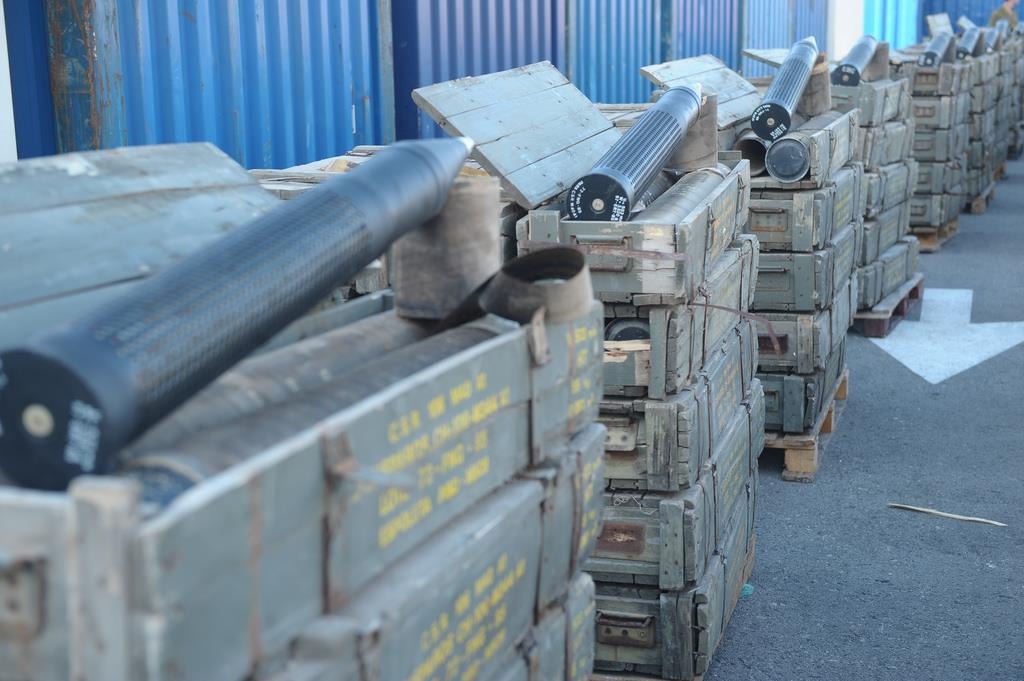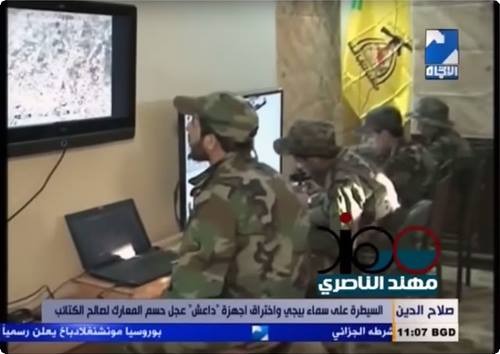Hezbollah’s Multiple Violations of UN Resolution 1701
On July 12, 2006, Hezbollah killed eight Israeli soldiers and kidnapped two others. With this attack, which was the culmination of years of cross-border terror by Hezbollah, the Second Lebanon Warbegan. From southern Lebanon, Hezbollah fired about 4,000 missiles into Israeli territory over the course of the war, threatening approximately two million Israeli civilians.

On August 11, 2006 a ceasefire was reached between both parties. In order to maintain peace on the Lebanese-Israeli border, the United Nations Security Council approved and enacted Resolution 1701. The resolution states:
“[The Security Council] calls for Israel and Lebanon to support a permanent ceasefire and a long-term solution based on the following principles and elements:…the establishment between the Blue Line and the Litani river of an area free of any armed personnel, assets and weapons other than those of the Government of Lebanon.”
The resolution called for Hezbollah’s disarmament and withdrawal from Lebanon’s southern region. Hezbollah continues to violate this resolution today. The terror organization has been actively increasing their offensive capabilities and destabilizing an already volatile region. 10 years after the passing of Resolution 1701, Hezbollah has violated it over 8,000 times.
![]()

Increasing its arsenal
Although the resolution calls for Hezbollah to disarm, Hezbollah continues to increase its ballistic capabilities. It is estimated that the terrorist organization has more than 100,000 rockets, including short-, medium-, and long-range missiles – five times more than what they had during the Second Lebanon War. Far from maintaining a low profile, Hezbollah boasts of its actions, publically admitting its violations of the resolution. Hassan Nasrallah, the leader of the organization, said on Al-Manar TV in November 2012, “If Israel was shocked by the Fajr-5 that reached Tel Aviv, how is it going to cope with the thousands of missiles that will rain on Tel Aviv and other parts of the country if they invade Lebanon?”
![]()

Iran and Syria, brothers in arms
The terrorist organization receives most of its missiles from Iran and Syria, their allies in the region. With their help, Hezbollah is able to smuggle weapons into Lebanon. On November 4, 2009, the Israeli Navy seized 500 tons of illegal weapons, rockets and missiles hidden on board the ship “Francop.” The weapons, which originated in Iran, were bound for Hezbollah terrorists.
Section 15 of the resolution states:
“…all States shall take the necessary measures to prevent, by their nationals or from their territories or using their flag vessels or aircraft: (a) The sale or supply to any entity or individual in Lebanon of arms and related materiel of all types, including weapons and ammunition, military vehicles and equipment, paramilitary equipment, and spare parts for the aforementioned, whether or not originating in their territories…”


These images document Hezbollah’s use of weaponry and equipment, including drones, for offensive and intelligence gathering purposes. Over the last three years, with increasing help from Iran and Syria, the number of Hezbollah’s violations of Resolution 1701 tripled and their technology increased significantly.


Attacks against Israeli forces and civilians
Hezbollah has always used terror in order to accomplish their objectives, and they continue to do so. In August 2013, four rockets were launched from Southern Lebanon, threatening the lives of Israeli civilians. Another clear violation of Resolution 1701 occurred in January 2015, when Hezbollah attacked an IDF vehicle, killing two Israeli soldiers and wounding seven others. Since its establishment, Hezbollah’s main objectives have included Israel’s destruction and the establishment of a Shiite theocracy in Lebanon.
Hezbollah’s refusal to adhere to the resolution not only threatens Israel and its citizens, but the entire region. In a recent report, the Secretary-General of the United Nations reported,
“The maintenance of arms by Hezbollah and other groups outside the control of the Lebanese State… continues to restrict the State’s ability to exercise full sovereignty and authority over its territory….I am deeply concerned at the readiness and willingness of Hezbollah to use its capabilities in violation of resolution 1701 (2006)… Should Hezbollah’s possession of arms or attempts to procure sophisticated weapons provoke conflict, the consequences are potentially very grave for Lebanon and for the region.”
Ten years after the unanimous ceasefire and the passing of Resolution 1701, Hezbollah continues to violate the resolution and use all possible means to develop and improve their offensive capabilities. The IDF is prepared to face any threat that Hezbollah poses on its northern border.

